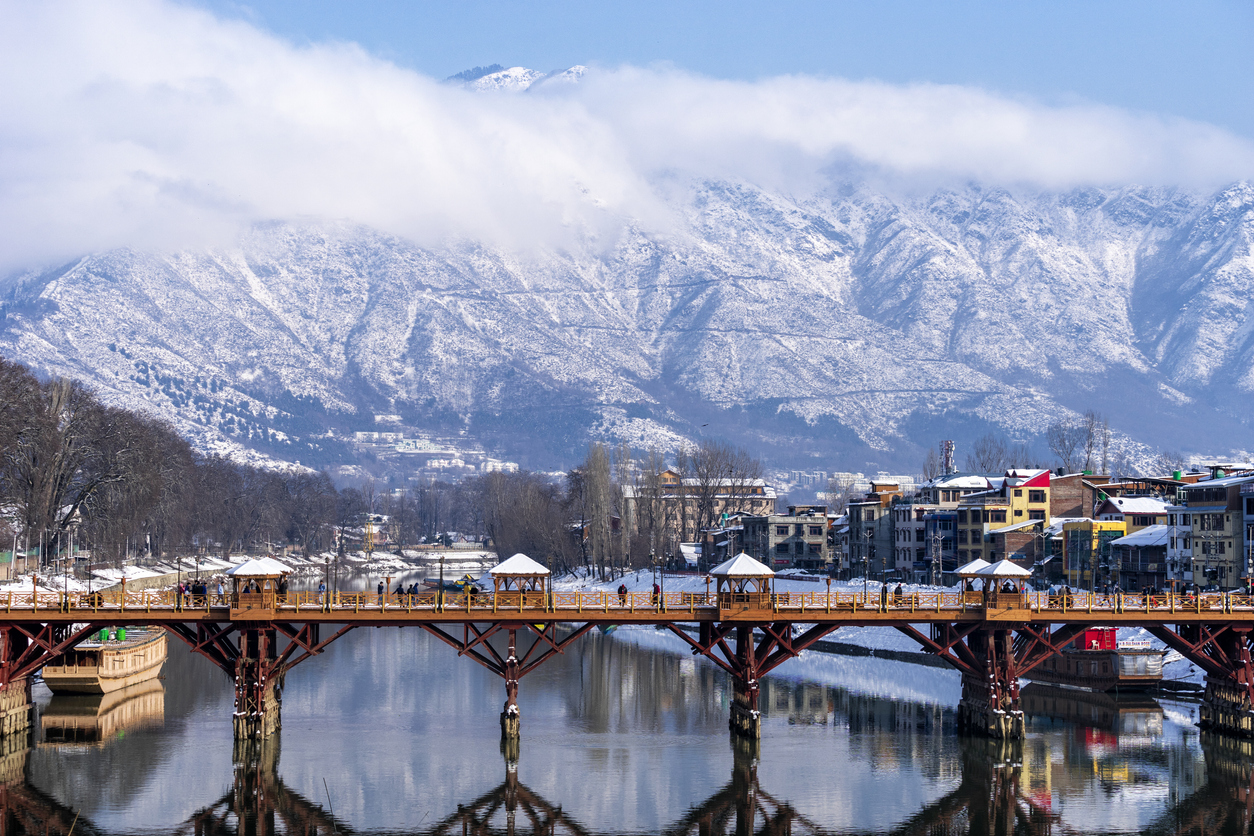
Jammu BJP says 2011 Census ‘lopsided,’ can’t be basis for redrawing seats

Jammu’s BJP teams that met the Delimitation Commission members exploring ways to redraw constituencies in J&K ahead of the Assembly polls in the UT have said they are against the 2011 census alone as the basis for such an exercise.
One of the teams said electoral rolls should be taken into account to determine the populations of the Jammu and Kashmir regions.
The Delimitation Commission was set up last year to redraw the electoral boundaries of Jammu and Kashmir and four northeastern states. The commission was given one-year extension – only specific to J&K — in March this year.
The panel is headed by retired Supreme Court judge Ranjana Prakash Desai. The J&K Union Territory came into existence in 2019 after the Centre abrogated the special status of the erstwhile state in August that year and announced the J&K Reorganization Act. The Centre then fixed the 2011 Census as the basis of delimitation.
Also read: Delimitation and what it means for the people of Jammu and Kashmir
Through the Act, the Centre has raised the number of representatives to the legislative assembly of J&K from 107 to 114. Post-August 2019, the Kashmir division has a 56% share in population, while Jammu has a 44% share. However, the Jammu division area is now 62%, while that of Kashmir is 38%. The Jammu region is predominantly Hindu while Kashmir has a majority Muslim population.
The 2011 Census shows J&K’s total population at 1.22 crore, with 68.88 lakh in Kashmir province and 53.78 lakh in Jammu. Jammu parties claim these figures were fudged in favour of Kashmir.
The J&K region comprises four distinct regions — Jhelum Valley (south Kashmir, central Kashmir and north Kashmir), Chenab valley (Kisthwar, Doda, Ramban and Reasi), Pir Panjal (Rajouri and Poonch), and the Tawi basin or the plains (Jammu, Kathua and Udhampur).
The Indian Express quoted former minister and BJP UT general secretary Sunil Sharma as saying that a “lot of fudging” had been done in the 2011 Census. “As electoral rolls are updated every year, so on their basis the population ratio should be worked out,” he said. A BJP delegation from the districts of Kishtwar, Doda and Ramban, led by Sharma, raised the demand before the panel in Kishtwar.
Another party delegation led by BJP’s UT president Ravinder Raina met the panel in Jammu city. He reportedly alleged said that previous delimitation exercises have been “lopsided” to favour a region. He said while the 2011 Census had to be the basis, it must be kept in mind that “illegalities are germane” in its operations. The party suggested the use of Aadhaar data to check “artificially inflated population” data.
While the population of Kashmir saw a rise of 26% between 2001 and 2011, the rise in Jammu was 21%.
The National Conference had said that ideally the exercise should have been carried out after restoration of statehood, and asked what would happen in 2026, when the rest of the country undergoes delimitation after the results of the 2021 Census.
Also read: Behind NC’s renewed demand for restoration of J&K’s special status
The Mehbooba Mufti-led PDP has boycotted the panel. The CPM has said the 2011 Census should be the guiding framework for the delimitation exercise.
The other delegations that met the Commission included one representing displaced minorities from Kashmir, with senior BJP leader Ashwani Kumar Chrungoo, IPS officer Yoginder Kaul and Sardar Prem Singh Raina, president of the Kashmiri Sikh Displaced Forum. They asked it to reserve five seats in the Assembly for minorities in Kashmir, besides a Lok Sabha and Rajya Sabha seat.
Congress leaders stressed that restoration of statehood was paramount for any meaningful delimitation.

